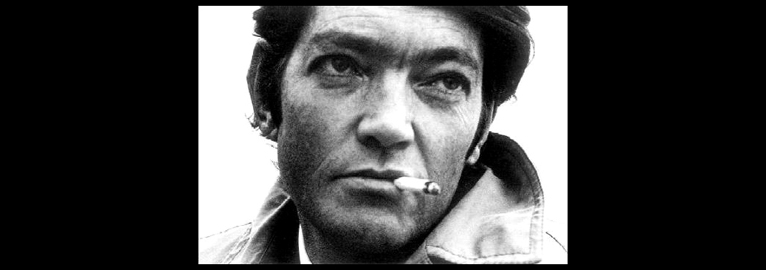
Dub Trio is back with their fourth and most powerful album to date - IV - an overwhelming blend of sounds, styles and ideas that come out swinging, and hit harder than ever. Can metal coexist with dub's bass heavy riddims? Dub Trio's newest album proves that not only can such incongruities coexist, but that in the right hands they flourish! With IV the band succeeds dramatically at emphasizing the theories, emotions, sounds, and concepts of their current musical exploration. IV finds the members playing multiple instruments, tweaking, turning & torturing knobs, cutting and chopping the audio itself, and shaping the compositions to create their own unique interpretation of “dub” as an art form.
“IV” was recorded in June 2010 after touring for 2 and a half years with Mike Patton promoting our last album Another Sound Is Dying,” explains bassist Stu Brooks. “It” had been the longest duration of time in between releases. By the time we hit the studio, we were extremely hungry to put down the ideas. Most of the record was written while we were on the road. One of the most memorable and prolific sessions was in a small commune town in Brittany, France, outside of Rennes. One church, one bakery, and a cafe. We had a week there before a European tour and we were in virtual isolation. It was good for us to focus solely on writing. Some of the songs we performed over the course of the next year or so while honing in on the right parts, feels, tempos etc. We really got to know these songs before hitting the studio. We were able to record the songs in one to three takes. I feel like we maintained our live sound in the studio this way. I believe it captures the character of the band better than editing everything so it sounds like a sequence. We then brought the basics to Studio G in Brooklyn, where we've done all our dub trio records. That's where the real fun begins. Where we start the dubbing process. Being that it's our fourth Dub Trio record with producer Joel Hamilton (Sparklehorse, Blakroc, Jolie Holland) we've really learned how to work together in efficiency. We had a lot of fun, making moves in the dubbing process that were totally unexpected and spontaneous. It's really satisfying to hear portions of the record that sound very patient. There are parts of the record that are literally painful, evil, aggressive and at times disturbing. And other parts that are beautiful, emotive and chilling. It was a goal to touch on as many emotions as possible. I haven't been more excited about a record before and can't wait to share it with Dub Trio listeners.” (http://www.roir-usa.com/artists/dubtrio.php)
1 En Passant 4:44
2 Noise 2:23
3 Swarm 4:18
4 Control Issues Controlling Your Mind 4:32
5 Ends Justify The Means 6:02
6 Words 8:16
7 Patient Zero 3:04
8 1:1.618 3:17
9 Thousand Mile Stare 9:16
Stu Brooks: Bass, keys, dubs
DP Holmes: Guitar, keys, dubs
Joe Tomino: Drums, keys, dubs

info |
http://www.roir-usa.com/artists/dubtrio.php
http://www.discogs.com/Dub-Trio-IV/release/3158606
http://www.rockaxis.com/vanguardia/cdaxi/dub-trio---iv/
http://www.theholyfilament.cl/noticias/dub-trio-retuerce-cerebros-con-su-nueva-placa-iv/












